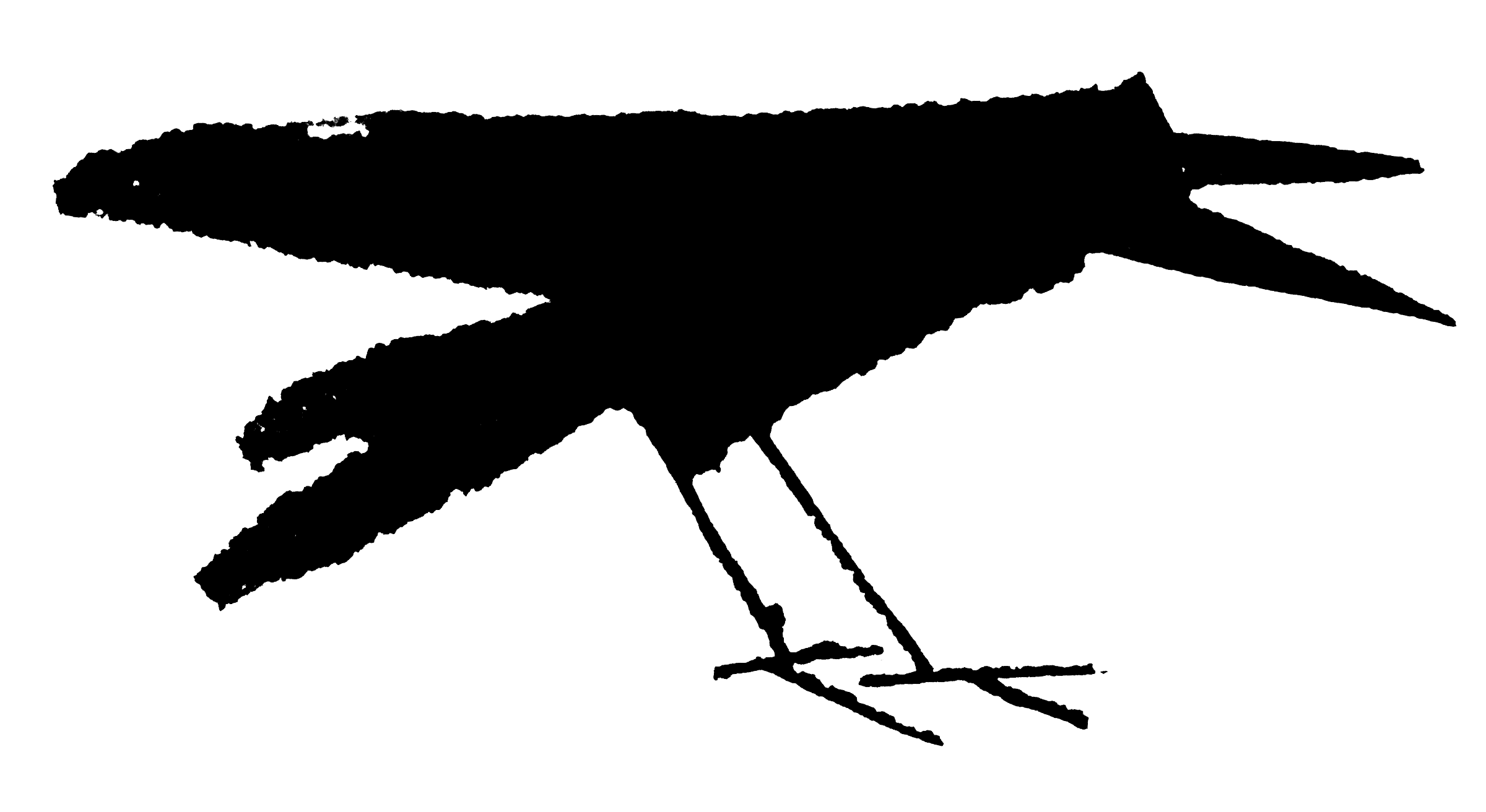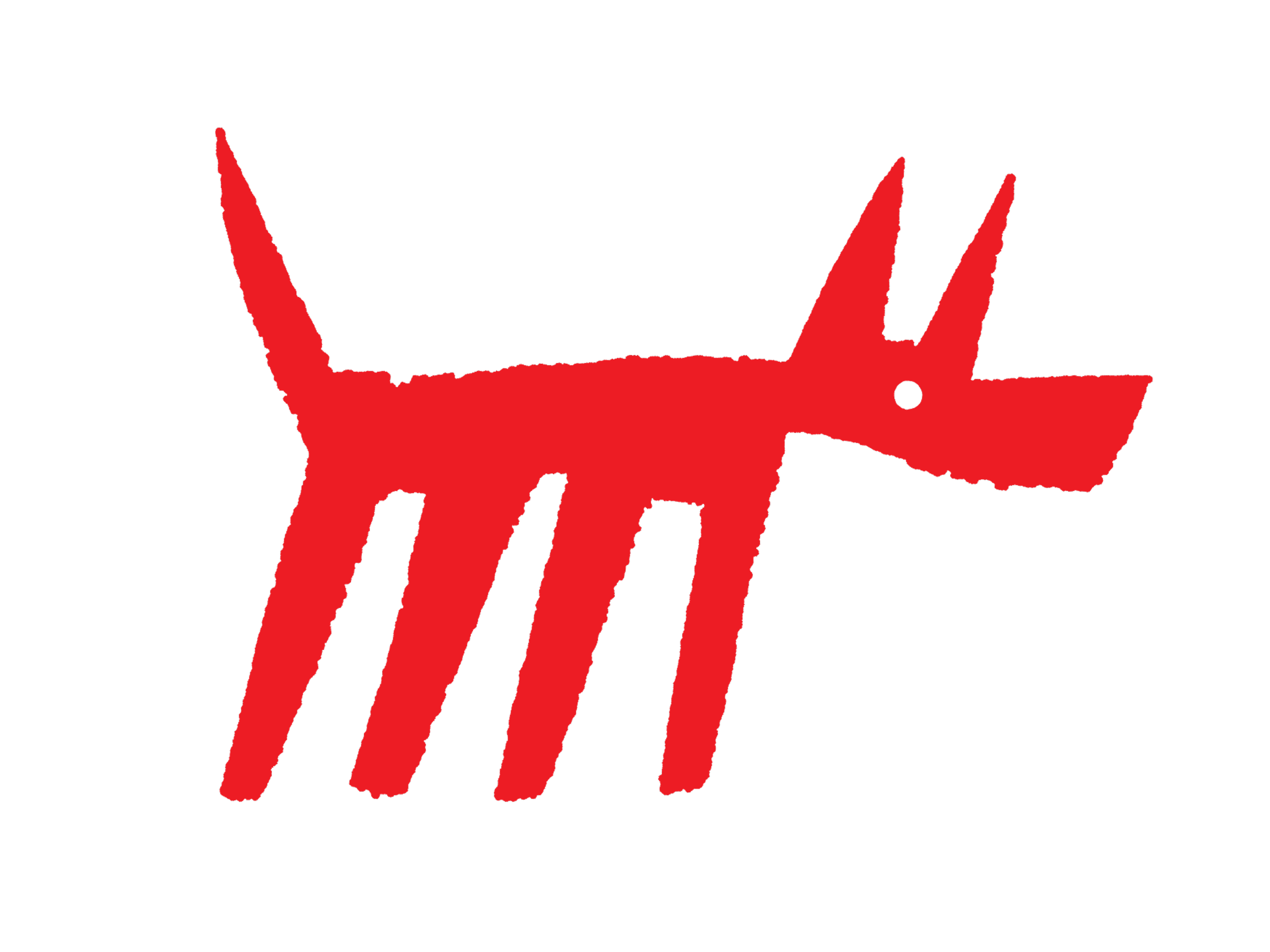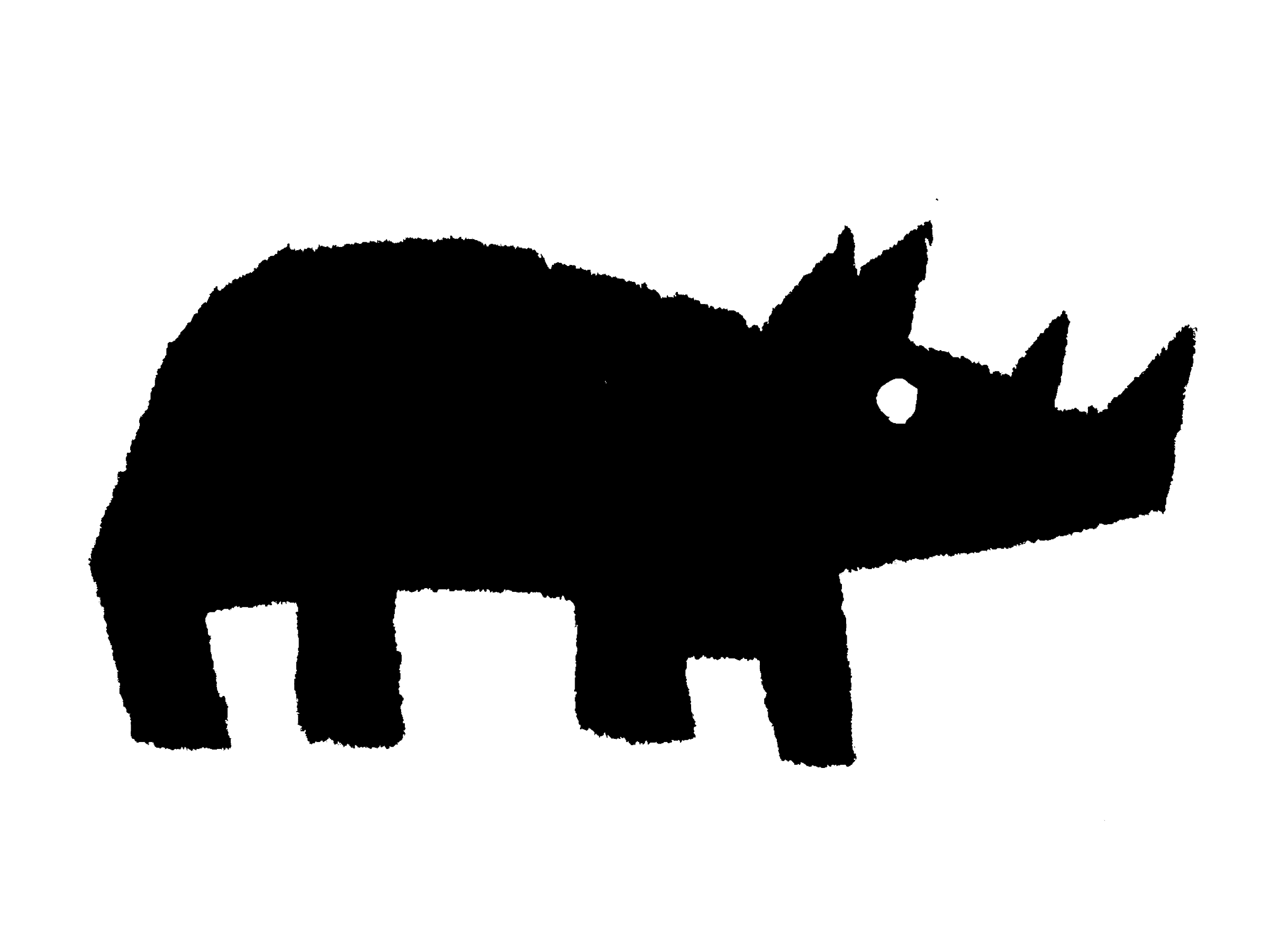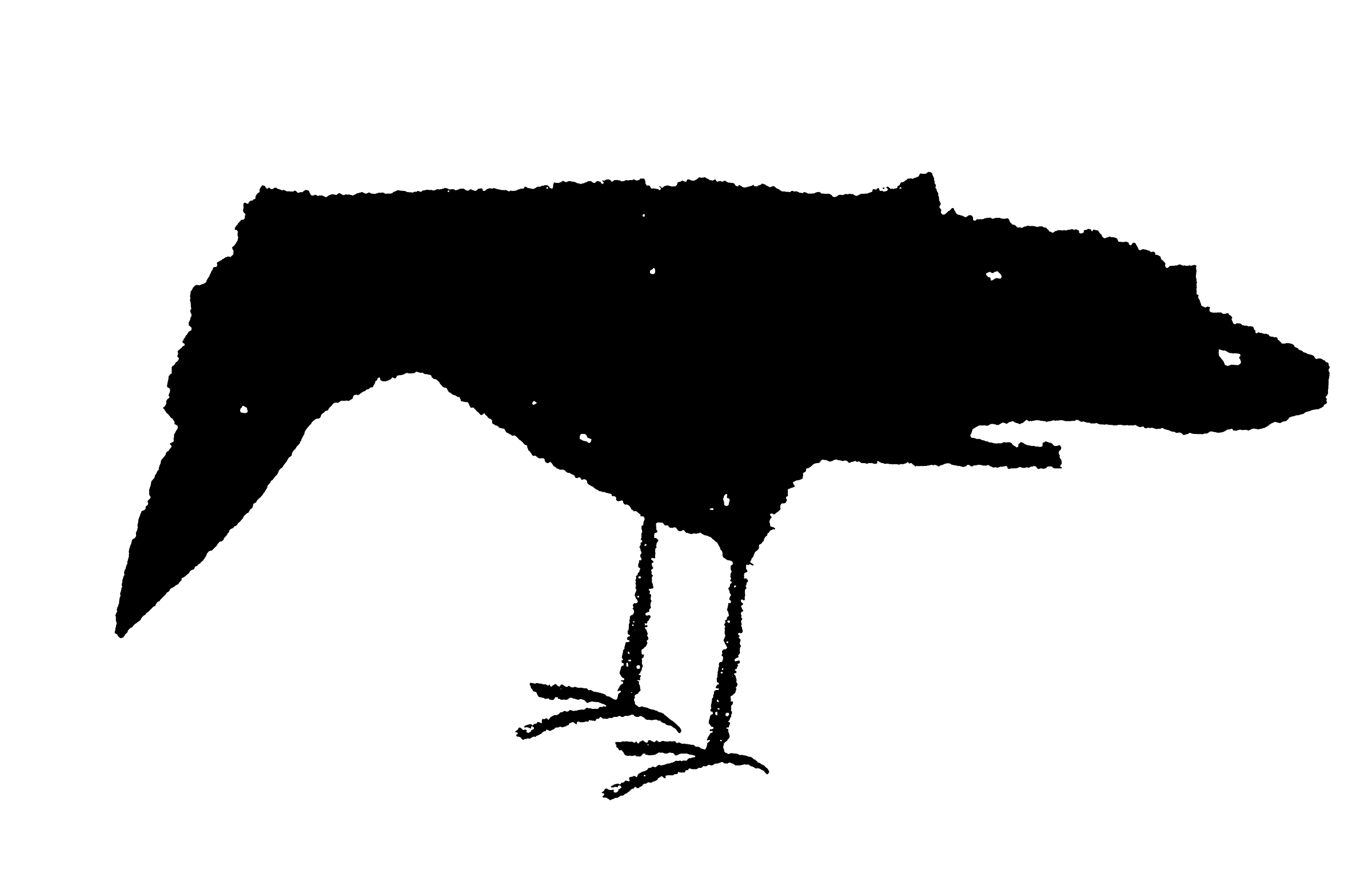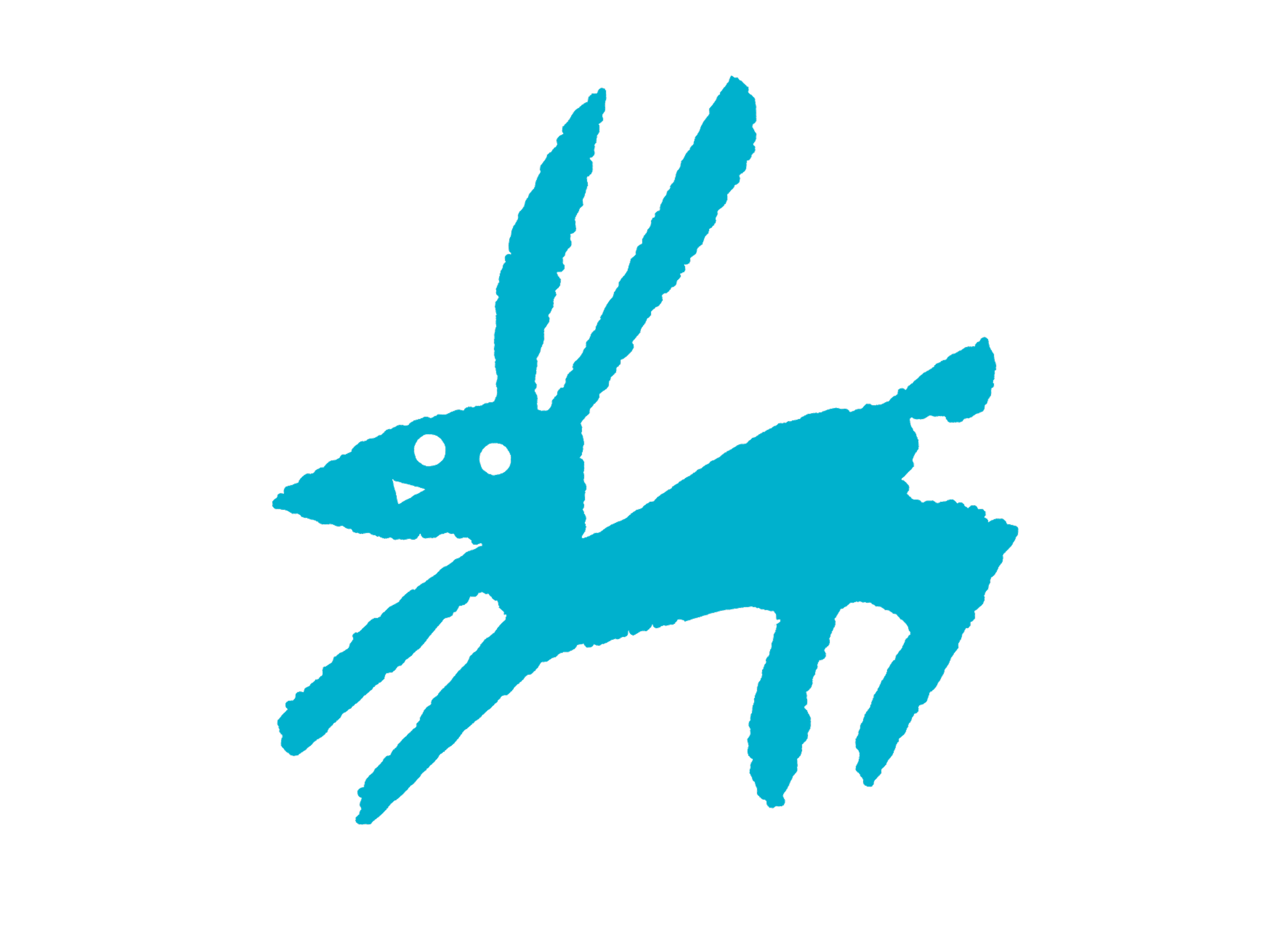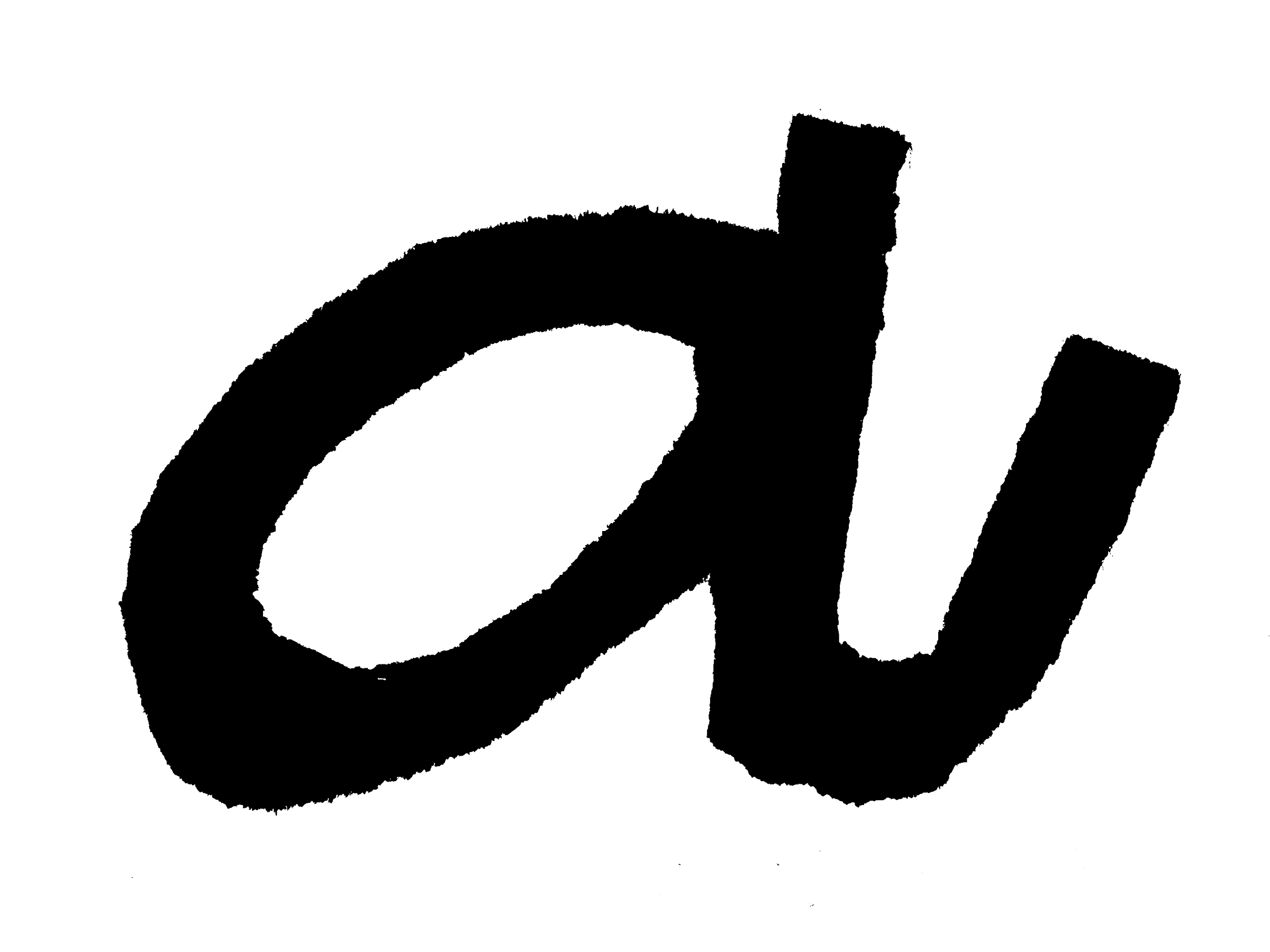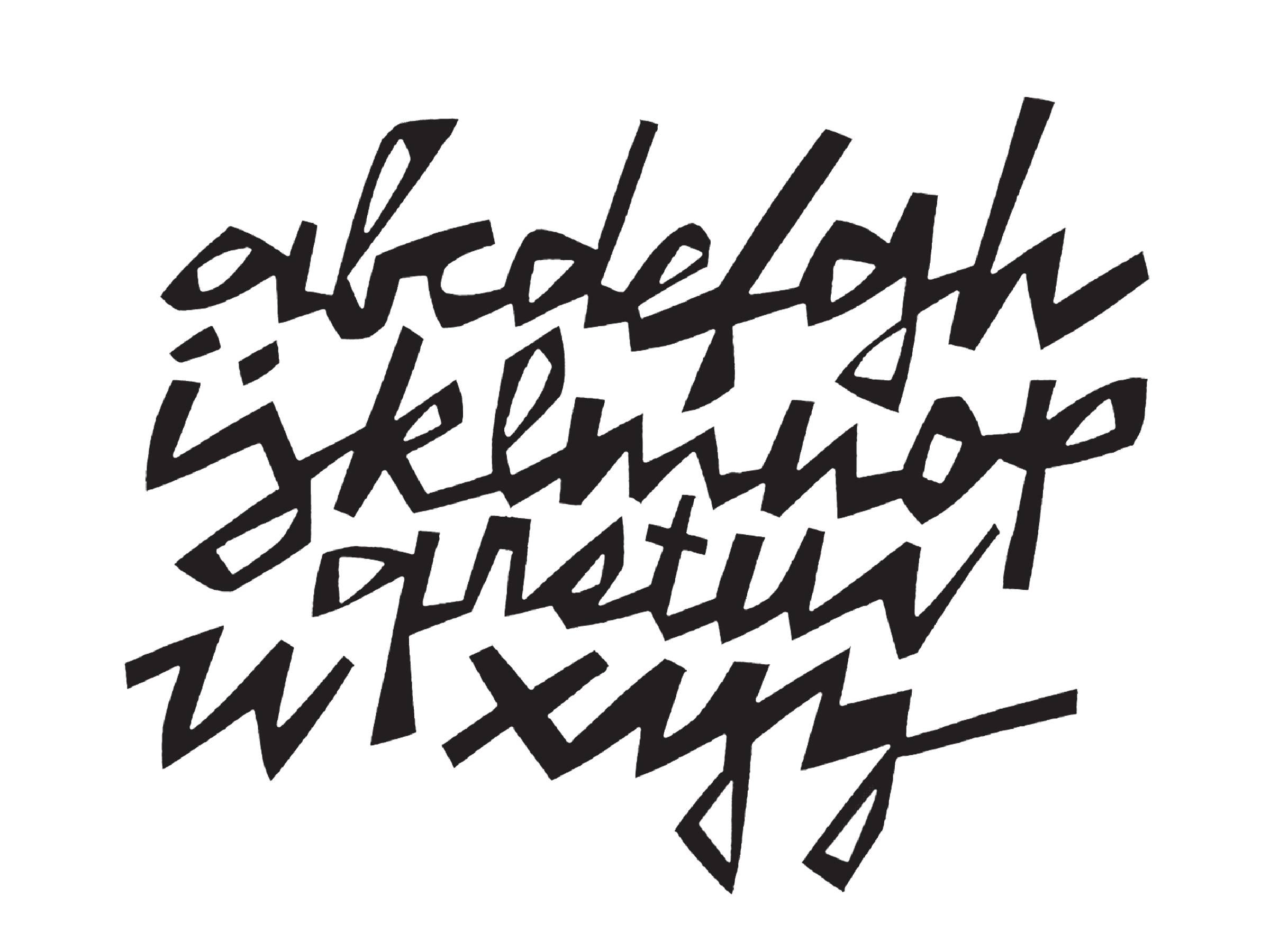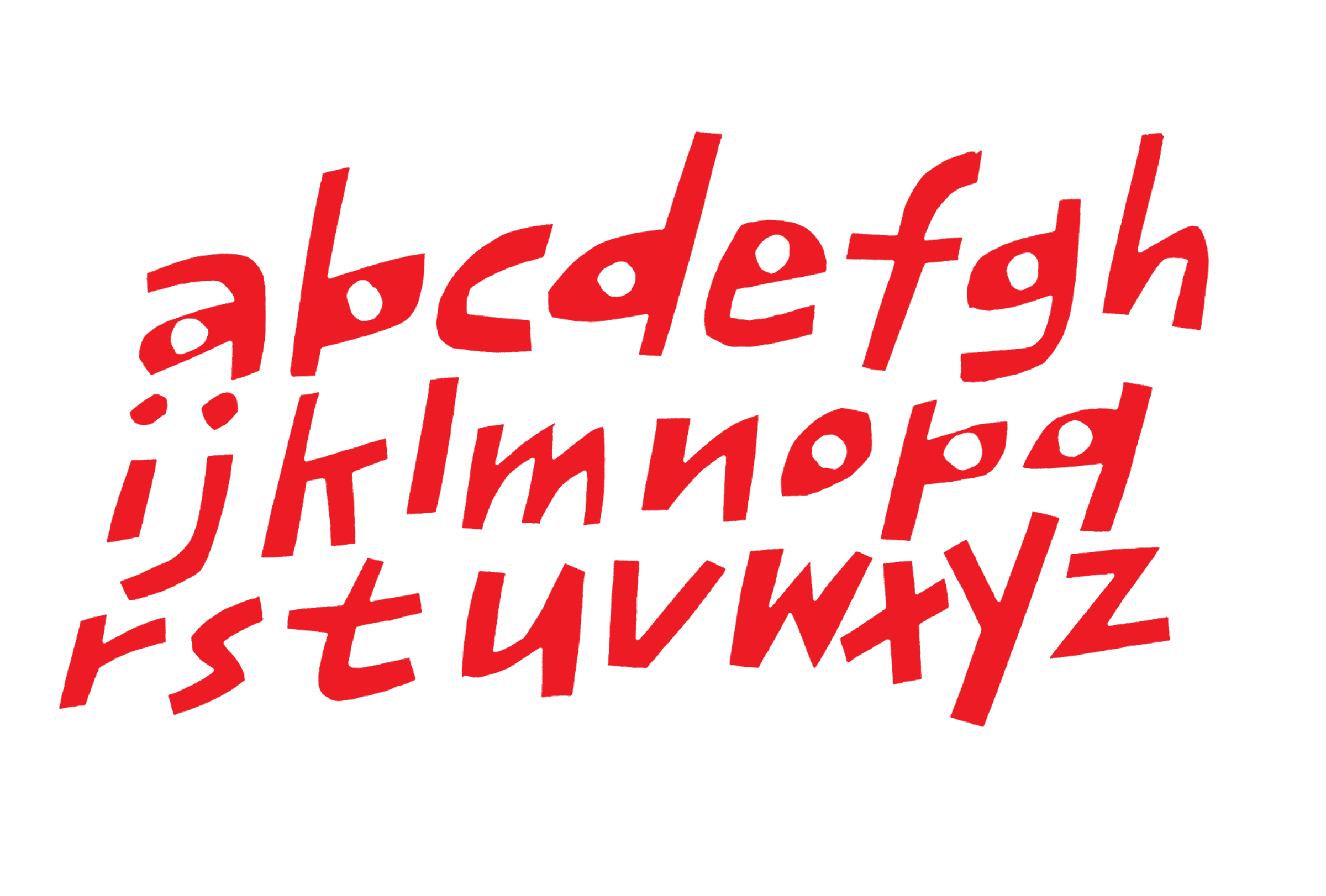I often look for drawing and printing techniques that I cannot control completely. I design my creative process so unexpected things can happen. This helps me to keep a playful state of mind and enjoy myself while I work.
Sometimes this can be as simple as using a brush that’s too big. Sometimes I make my own drawing tool so I have to learn how to use it as I am working. I try to embrace a tool’s awkwardness and observe what happens. This kind of thinking also defines my approach to printmaking.
My favorite printmaking method is screen printing with paper stencils. I cut and tear the stencils by hand from newsprint. I think of it as a “low-resolution” technique. The fibers in the flimsy paper mean it cannot take much detail when it gets cut. It forces me to think of the images in terms of simple shapes and pay attention to space between the cuts.
This is an old screen printing method that avoids having to make film and use chemicals. The paper stencils aren’t sturdy enough for printing very large editions and there is a limit to how big I can make the images. Most of the time, I enjoy these limitations.
When I need to get around them, I work with a commercial printer. For this exhibit, The Head Light produced the large screen prints from artwork I created with x-acto knives and brushes. The crow aquatints were made by the master printer, Jim Stroud at Center Street Studio.
I don’t really understand how aquatinting works but the results have deep rich flat blacks that I could never get on my own. Crows seemed like the perfect subject for this collaboration. I created the artwork by enlarging tiny drawings made using a calligraphy pen with a modified nib in my sketchbook.
Most of the images for this exhibit came from my sketchbooks. In my sketchbooks, I draw letters, people, animals, chairs, monsters—anything that I am interested in. Sometimes I draw with a pencil or a pen, sometimes I use a brush or a knife. These aren’t preparatory drawings for other work. These are drawings I make for the sake of drawing.
For the last thirty years, I have tried to draw in my sketchbooks at least a little bit everyday. There are almost two hundred full books stashed away in boxes around my studio. It’s the thread that runs through my entire career.
I design typefaces, illustrate books, and make prints. I teach and write. My sketchbooks are where all these things get mixed up and ferment. That’s why they are such an essential part of my practice.
My ultimate goal is to learn to draw the way that I draw. That sounds simple but I’m still working on it.
— Cyrus Highsmith
